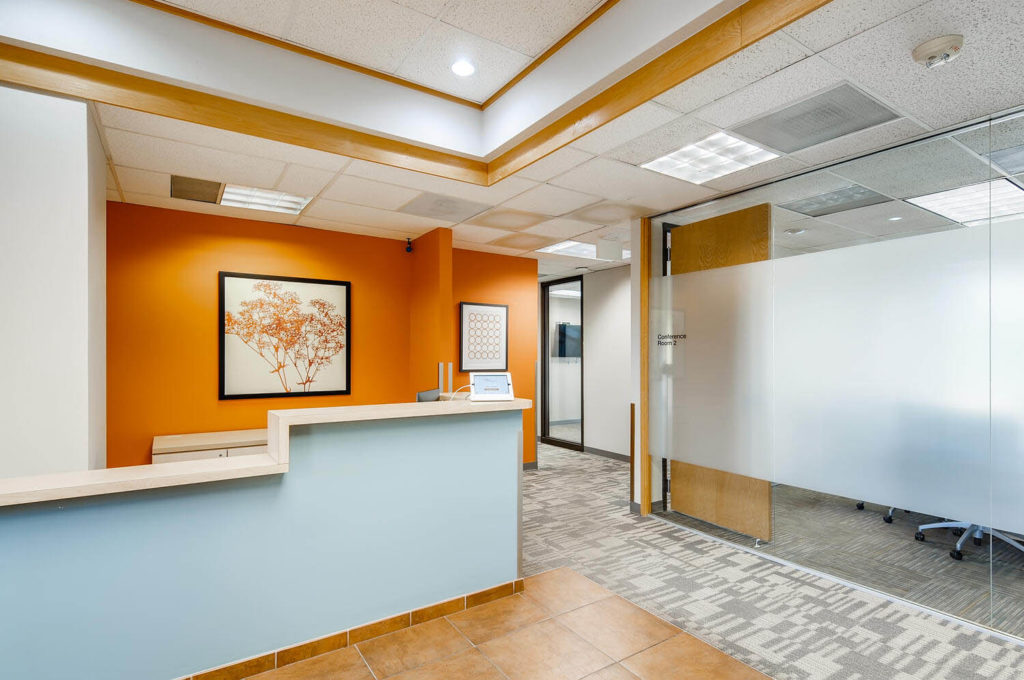
The secret to successful and productive offsite meetings
Meetings are an integral part of most jobs, providing a forum to exchange ideas, resolve issues and develop winning strategies.
While face-to-face communication with colleagues and clients is essential and often more effective than email or phone, traditional meeting formats can become mundane and ineffective with middle managers reportedly spending around 35% of their time in meetings.1
In fact, check out a few surprising statistics recently reported on traditional meetings:
- Unproductive meetings cost companies an estimated $399 billion per year in the US alone. (Source: Harvard Business Review)
- 71% of senior managers believe that meetings are unproductive and inefficient. (Source: Harvard Business Review)
- On average, employees spend 6 hours per week in meetings, with 4 of those hours considered unnecessary or unproductive. (Source: Atlassian)
- Research by Microsoft found that people lose attention after just 40 seconds of irrelevant discussion during a meeting. (Source: Microsoft)
These statistics show that meetings can often be counterproductive and a drain on company resources, highlighting the importance of carefully planning and structuring meetings to improve productivity and effectiveness.
But not all hope is lost.
As the work landscape evolves to become more flexible and geographically dispersed, offsite meetings are becoming increasingly crucial to reviving productivity and engaging team members.
Given the importance of face-to-face interactions in fostering team camaraderie and a strong company culture, let’s explore some of the key benefits of offsite meetings for businesses and employees.
- Improved team communication and collaboration: 80% of surveyed employees reported that offsite meetings positively impacted their communication and collaboration with their colleagues. (Source: LinkedIn)
- Increased productivity: Over 85% of professionals feel that they are more productive when they attend offsite meetings, which they attribute to being away from distractions and the opportunity to focus on specific tasks. (Source: eVenues)
- Enhanced creativity: 73% of professionals feel that offsite meetings lead to more creative and innovative ideas, which can help organizations to stay competitive. (Source: eVenues)
- Better decision-making: 64% of professionals feel that offsite meetings lead to better decision-making, which may be due to the opportunity to focus on specific topics and goals without the distractions of the regular work environment. (Source: eVenues)
- Improved company culture: Offsite meetings provide an opportunity for team building and can help foster a sense of camaraderie and shared purpose among employees. (Source: LinkedIn)
By breaking free from the conventional meeting environment, businesses can benefit from the unique advantages of offsite meetings, which can enhance team communication and collaboration – provided that the right venue is chosen.
But how exactly do you host a productive offsite meeting and what all is needed? Let’s explore that deeper.
Below are our top 8 tips for hosting a successful offsite meeting:
- Set clear goals and objectives for the meeting: Ensure that all attendees know the purpose of the meeting and what is expected of them. This will help the meeting stay on track and achieve its intended outcomes.
- Select the appropriate meeting location: Selecting the right location for an offsite meeting is crucial for its success. The chosen venue should be convenient for all attendees and easily accessible. It should provide an environment that is conducive to productive and creative thinking, with ample space and natural light. The ambiance of the location should be in line with the objectives of the offsite, and its facilities should meet the requirements of the attendees. For example, if the offsite requires access to audio-visual equipment, the location should have the necessary technology available. Ultimately, the right location should foster an atmosphere that promotes focus, collaboration, and open communication.
- Share an agenda beforehand: Share the meeting agenda with your team members ahead of time so they can come prepared and contribute to the discussion.
- Encourage participation: Team offsite meetings can sometimes lead to disengagement, so make sure to encourage participation and ask for input from everyone.
- Use visual aids: Visual aids such as charts, graphs, and slides can help to keep the remote team engaged and provide a better understanding of the topics being discussed.
- Take breaks: Team offsite meetings can be tiring, so take regular breaks to allow attendees to refresh themselves.
- Assign action items and follow up: Assign action items to attendees and follow up after the meeting to ensure that they are completed.
- Solicit feedback: Finally, solicit feedback from attendees to determine what worked well and what could be improved for future remote team offsite meetings.
Once viewed as a luxury, offsite meetings have now become the go-to method for colleagues to gather in person. In fact, since before the global pandemic, the popularity of offsite meetings has almost doubled as the primary reason for business travel.
If you’re interested in hosting your next offsite in Denver, Colorado, Office Evolution would be thrilled to serve you! With diverse locations throughout the Denver metro area such as Greenwood Village – Tech Center and downtown locations in the LoDo and Five Points neighborhoods, we have unique meeting and event space solutions for nearly any team or business function.
Office Evolution provides flexible coworking and office space solutions, and in addition, we offer a variety of conference rooms and event space for rent by the hour or by day. Our on-demand meeting rooms are fully equipped with high-end technology to provide a professional, worry-free meeting experience. The facilities include high-speed and secure internet, advanced audio/visual presentation equipment, video conferencing, virtual conference room services, whiteboards, screen sharing, and access to printers, copiers, scanners, and more.
More Sources:
Minshew, Kathryn. “How Much Time Do We Spend in Meetings? (Hint: It’s Scary.)” The Muse, https://www.themuse.com/advice/how-much-time-do-we-spend-in-meetings-hint-its-scary, published on October 20, 2015